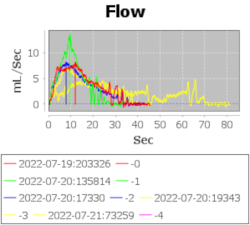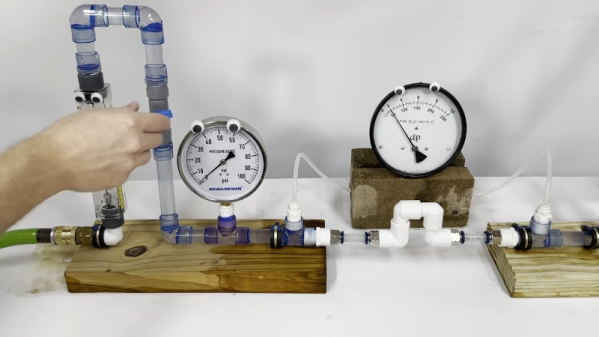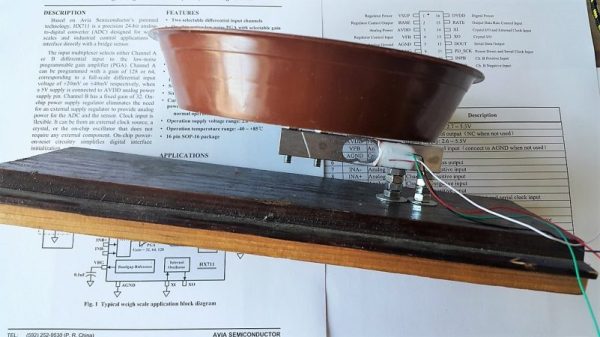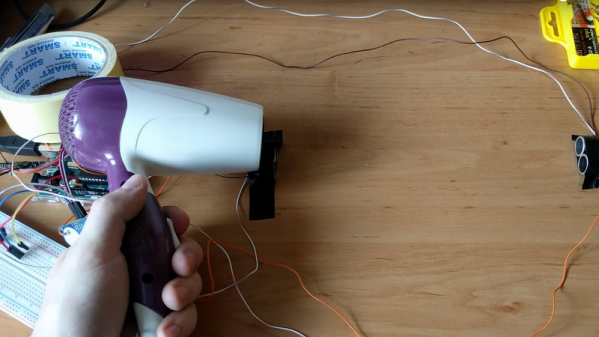Although Moore’s Law has slowed at bit as chip makers reach the physical limits of transistor size, researchers are having to look to other things other than cramming more transistors on a chip to increase CPU performance. ARM is having a bit of a moment by improving the performance-per-watt of many computing platforms, but some other ideas need to come to the forefront to make any big pushes in this area. This startup called Flow Computing claims it can improve modern CPUs by a significant amount with a slight change to their standard architecture.
It hopes to make these improvements by adding a parallel processing unit, which they call the “back end” to a more-or-less standard CPU, the “front end”. These two computing units would be on the same chip, with a shared bus allowing them to communicate extremely quickly with the front end able to rapidly offload tasks to the back end that are more inclined for parallel processing. Since the front end maintains essentially the same components as a modern CPU, the startup hopes to maintain backwards compatibility with existing software while allowing developers to optimize for use of the new parallel computing unit when needed.
While we’ll take a step back and refrain from claiming this is the future of computing until we see some results and maybe a prototype or two, the idea does show some promise and is similar to some ARM computers which have multiple cores optimized for different tasks, or other computers which offload non-graphics tasks to a GPU which is more optimized for processing parallel tasks. Even the Raspberry Pi is starting to take advantage of external GPUs for tasks like these.




 For the hardware, [Jerry] took a small digital scale of a certain model and reused its load cell-based weighing mechanism using an HX711 amplifier, replacing the screen and adding an extra box for control electronics. With an Arduino MKR1010 as brains of the operation, the hardware’s there to log flow data, initially recorded onto the SD card, with WiFi connectivity to transfer the data to a computer for plotting; a DS3234 RTC breakout helps keep track of the time, and a custom PCB ties all of these together. All of these things are easy to put together, in no small part due to the extensive instructions provided.
For the hardware, [Jerry] took a small digital scale of a certain model and reused its load cell-based weighing mechanism using an HX711 amplifier, replacing the screen and adding an extra box for control electronics. With an Arduino MKR1010 as brains of the operation, the hardware’s there to log flow data, initially recorded onto the SD card, with WiFi connectivity to transfer the data to a computer for plotting; a DS3234 RTC breakout helps keep track of the time, and a custom PCB ties all of these together. All of these things are easy to put together, in no small part due to the extensive instructions provided.













